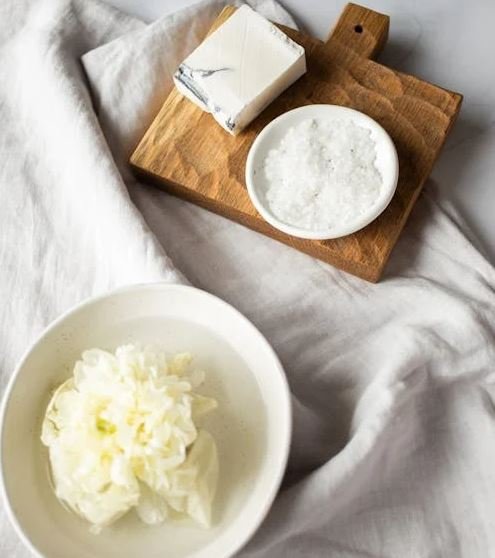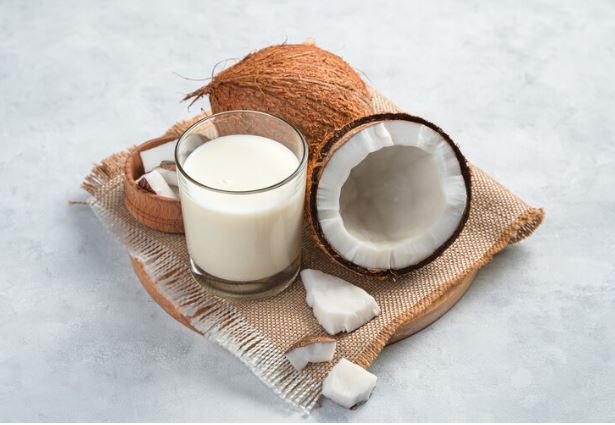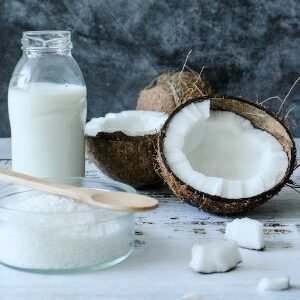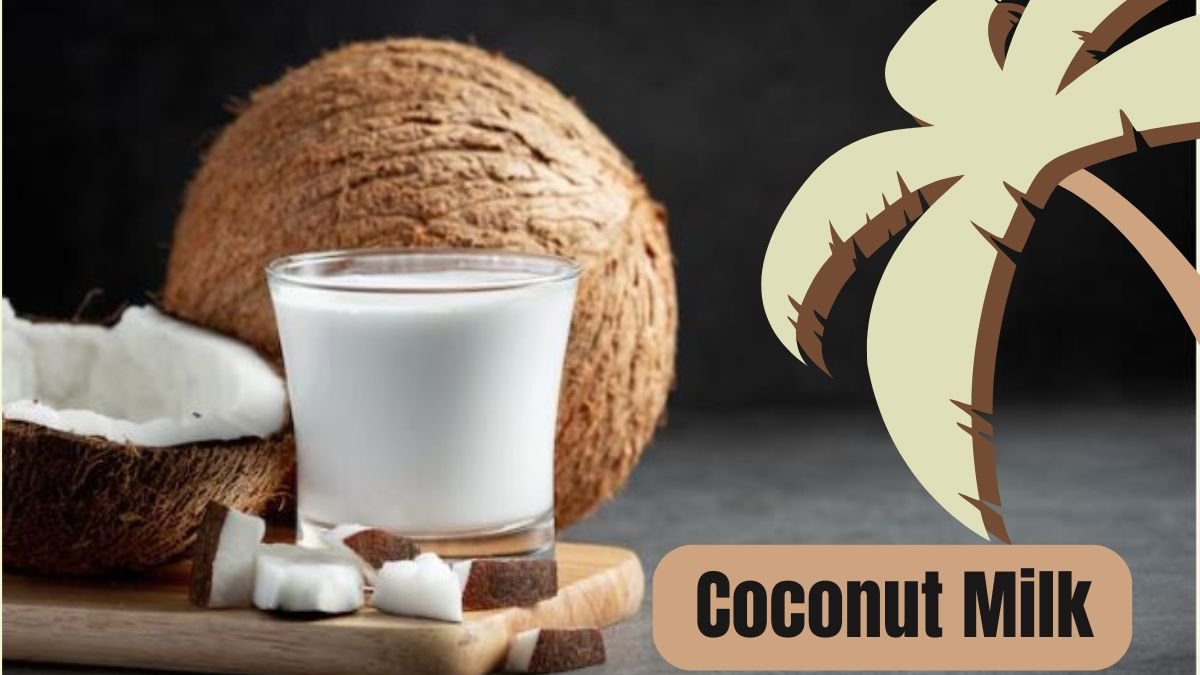How To Make Coconut Milk
Coconut milk is a creamy and delicious alternative to dairy milk that has recently gained popularity. You can easily find canned coconut milk at grocery stores, but making coconut milk at home is more special. It tastes fresher and more delicious, and you can also control the ingredients and avoid preservatives.
Ingredients:
- 2 cups of freshly grated coconut
- 4 cups of warm water
- Blender or food processor
- Cheesecloth or nut milk bag
- Bowl or large jug for straining
Step 1:
Blend the Coconut and Water: Combine the grated coconut and warm water in a blender or food processor. Blend for a few minutes until the mixture becomes creamy and well combined.
Step 2:
Strain the Mixture: Place a cheesecloth or nut milk bag over a bowl or large jug. Pour the blended mixture onto the cloth, straining the liquid while saving the coconut pulp.
Step 3:
Squeeze Out the Milk: Gather the edges of the cheesecloth or nut milk bag, and squeeze out as much liquid as possible. This will extract the coconut milk while leaving behind the pulp.
Step 4:
Store the Coconut Milk: Transfer the strained coconut milk into a clean container or bottle with a tight lid. It can be stored in the refrigerator for up to 4-5 days. Shake well before using, as the milk may separate upon standing.

Tips and Tricks
- If fresh coconuts are unavailable, you can use dried coconut flakes or shredded coconut to make coconut milk. Soak the dried coconut in hot water for about 30 minutes before blending.
- You can use less water when blending for richer and creamier coconut milk.
- To add a touch of sweetness to your coconut milk, you can blend in a date or a tablespoon of honey.
- Using hot water helps to extract more flavor and creaminess from the coconut. However, avoid using boiling water as it can cook the coconut, resulting in a gritty texture.
- If you want to enhance the flavor of your coconut milk, you can toast the coconut flakes or shredded coconut before blending. This will give the milk a nuttier and more aromatic taste.
- Store the homemade coconut milk in an airtight container in the refrigerator for up to 4-5 days. Shake or stir the coconut milk before each use, as it may separate over time.
- Don’t discard the leftover coconut pulp after straining. It can be dried and used to make coconut flour or added to recipes for extra coconut flavor and texture.
Benefits of making coconut milk
Making coconut milk at home has several benefits. First, it allows you to avoid the additives and preservatives commonly found in store-bought coconut milk.
Second, using fresh coconuts ensures that your homemade coconut milk is free from any unwanted chemicals.
You have complete control over the ingredients, a pure and natural product. You can choose to use organic coconuts and avoid unwanted additives by making your own. Homemade coconut milk allows you to control the consistency and flavor.
It is fresher and has a richer flavor compared to the canned variety. You can adjust the consistency of the milk according to your preference, making it thicker or thinner as desired.

How to Make Coconut Cream from Coconut Milk
- Refrigerate your homemade coconut milk overnight or for at least 4 hours. This will allow the cream to separate from the liquid.
- Carefully remove the solidified cream from the top of the chilled coconut milk. The cream will be thicker and denser than the liquid.
- Transfer the separated cream to a separate container. You now have homemade coconut cream, which can be used in various recipes that require a thicker consistency.
Storing and Preserving Homemade Coconut Milk
- Transfer the coconut milk to a clean and airtight container.
- Store it in the refrigerator, which can stay fresh for 4-5 days.
- Shake the container well before each use, as the milk may separate upon standing.
- If you have excess coconut milk, freezing it in ice cube trays can be a convenient way to preserve it for future use.

FAQS about making Coconut Milk at Home
Can I use dried coconut flakes to make coconut milk?
Yes, you can use dried coconut flakes to make coconut milk. Soak the flakes in hot water for about 30 minutes to rehydrate them, then blend and strain as you would with fresh coconut meat.
Can I sweeten homemade coconut milk?
You can sweeten homemade coconut milk by adding a natural sweetener such as honey, maple syrup, or dates. Blend the sweetener of your choice with the coconut meat and water.
Can I use homemade coconut milk in coffee?
Homemade coconut milk can be a delightful addition to your morning coffee. Its creamy texture and subtle coconut flavor complement the taste of coffee perfectly.

Is homemade coconut milk suitable for vegans?
Yes, homemade coconut milk is a vegan-friendly option. It is free from animal products and can be a plant-based alternative to dairy milk.
Conclusion
Making coconut milk at home is a simple process that allows you to enjoy the purest form of this tropical ingredient. With just a few simple steps, you can make pure and natural coconut milk free from additives and preservatives.
Store the coconut milk properly in the refrigerator and utilize any leftover coconut pulp for other recipes, minimizing waste and ensuring you get the most out of your homemade creation.
